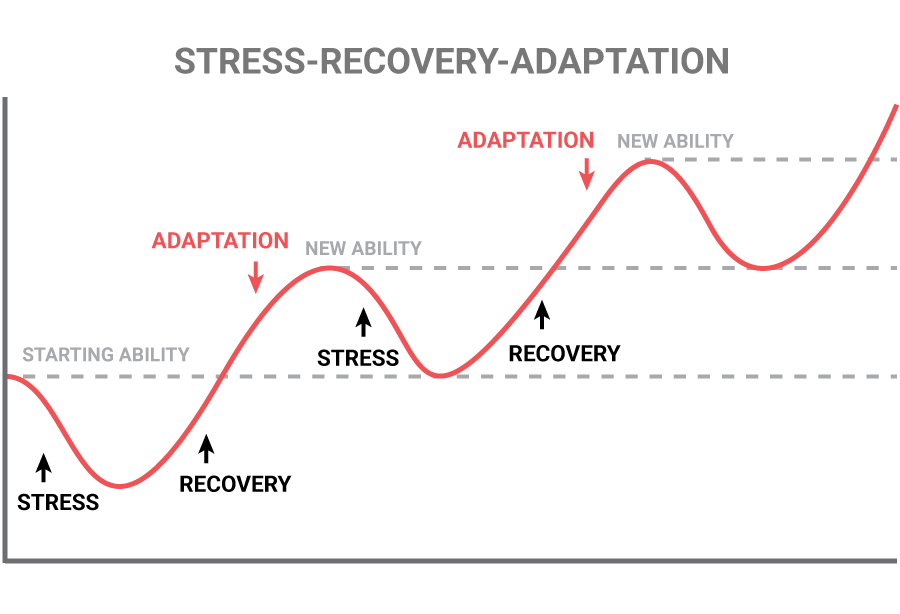New Year, New Resolutions!
With the start of a New Year, come new plans and new goals. There are ways to make these more realistic and less likely to fail. When things go wrong, we normally see the consequence as an injury in the clinic. Often these injuries are what we describe as a feature of a ‘training error’ and often this can be avoided with better advice, education and planning.

Are you Training for a Race or a Marathon ?
On a personal note, I’ve set myself a target this year. My goal is the Manchester Marathon, and I’m aiming for a good for age time. At my age, this basically means, running the marathon in under 3hrs and 5min.
So what can I/we do the help this process and achieve the goal/target we have set, as well as avoiding an injury ?
Firstly, nobody has immunity from injury, but there are things we can try to do to reduce the risk of an injury, whilst at the same time improving our performance.
1. Prioritising Your Recovery as Much as Your Training
50% of your training should be recovery, getting this wrong is just as likely to cause increased risk than overtraining.
With your recovery, are you allowing sufficient time between your sessions to adapt? Unless you are an elite level runner, you will need at least 24hrs maybe even 48hrs depending on the type of run/training to recover before the next session.
Ensuring good sleeping routines and a healthy nutrition plan! Sleep is the most powerful, legal performance enhancer we have and its free.
Less than 7 hours sleep, and your time to physical exhaustion can drop by 10-30%. That’s mile 16 in the marathon, still a long way to go!
Regularly getting less than 7 hours sleep a night, almost doubles your risk of injury!
2. Your Program Should be Bespoke to you!
Compliance is key to achieving a good outcome and helping avoid a training error and injury. Its important to make your training plan fit around you, your work, your home life, your social life, your other commitments. If you keep having to chop/change your sessions to fit around other commitments, this increases the risk of an error leading to an injury.
3. Too Much too Soon!
We have this conversation a lot in clinic, with people who end up with an injury by increasing the training load too fast. You may hear or read about the 10% rule, this is well used and helpful for a novice runner. It relates to adding 10% distance to your total running week each week, and it usually added to your longer run. This can be a good place to start, but when it comes to a runner with more experience and training in the bank, we can often increase this 10% to 20% or even 30% in some cases.
As you can see, it’s the rate of change on the tissues that carries the risk of an injury here. The longer you spend the training, the more opportunity it gives your tissues to adapt effectively. So a novice should ideally allow >20 weeks to train for a marathon, whereas an elite runner could potentially train for a marathon in under 12 weeks.

4. Minutes not miles
Using minutes not miles to plan your training can be more helpful, than using distance and pace. Its simple and easy to plan, especially when the most important metric when we are building running is volume and intensity. We aim to build up to the total time on feet when running and the intensity of some of the sessions. This allows us to progress training sensibly, and reduce the risk for injury. When we run for distance the emphasis often becomes about getting the distance done/covered as quickly as we can, and as a result we the pace increase.
By taking away the distance element, the emphasis shifts away from how long it takes to run that distance and so allows us to control the intensity of the session better.
Another helpful metric is heart rate (HR), if you know it or you can work out your max HR you can then monitor training zones. The 80:20 rule, this is widely used by elite level runners and refers to 80% of your training being completed at a low intensity, and 20% of your running being completed at a moderate to high intensity. Too much high intensity running doesn’t allow for sufficient recovery and therefore is an injury risk.

5. Less Stretching & More Focus on Strength!
There is good evidence to suggest that elite endurance runners are less flexible that their non-elite counterparts (Baxter et al, 2017)
The literature suggests that stretching doesn’t provide any benefit to runners, and acute stretching can reduce running economy and performance for up to an hour, by diminishing the musculo-tendinous stiffness and elastic energy potential. In relation to injury risk, stretching shows little significance for helping runners ( Baxter et al, 2017 ). Runners are often at risk of overuse injuries, where stretching doesn’t appear to help, but strength based training and plyometrics (jumping exercises) may be a more helpful adjunct and
better use of time?
When you run impact forces are typically 2-3 times your body weight on every stride. These forces pass through your joints, muscles and tendons. For example, if you weight 60Kg and runs at 6.30min/mile pace (1072 strides), with impact forces at least x2 body weight (120kg x563) = 64320/64.32 tonnes per foot per mile!!
So you get the idea, why strength is so important for your running. We have further information on our website and our YouTube page with exercises to help with your strength.

6. Enjoy it!
If I’m honest, I enjoy the process more than any race. Often when it comes to the weekend of a race I end up stressing over how the race will go and the outcome. I know this is so pointless and a waste of my time and energy, but I find it a real challenge to relax and just enjoy the build up. I end up not racing very much, maybe 1 race in the Spring, which I train from thought the Winter and then another race later in the year, which helps keep me focused and training through the summer. This way I have a long build up process to each race, which works for me.

Feel free to follow my training on Strava, and I will start posting more about my runs and training on our social media. I hope you find it helpful, as it’s helpful for me to have some accountability here, now I’ve put it out there.
If you have any questions or would like some further advice, please don’t hesitate to get in touch.
Chelmsford Physio
Riverside Leisure Centre, Victoria Rd, Chelmsford CM1 1FG



